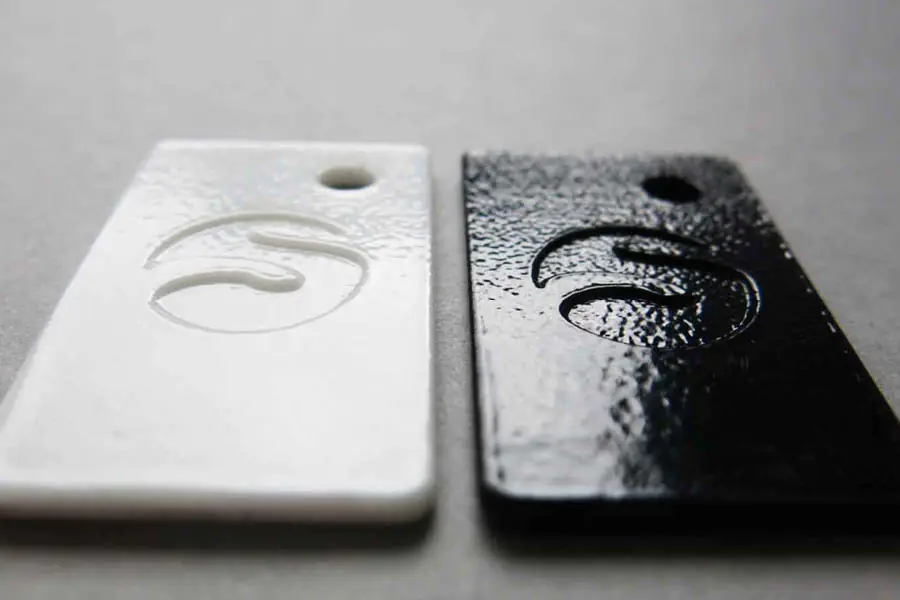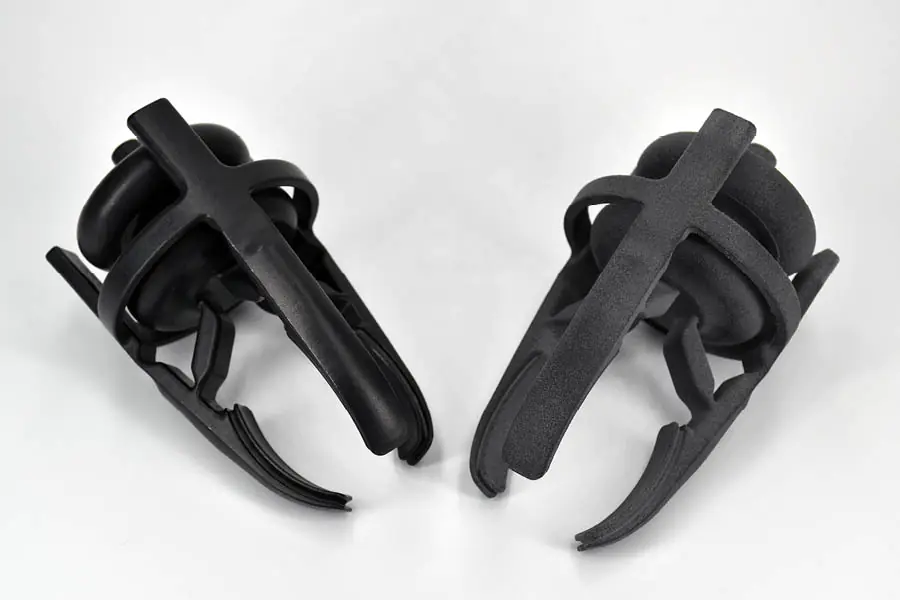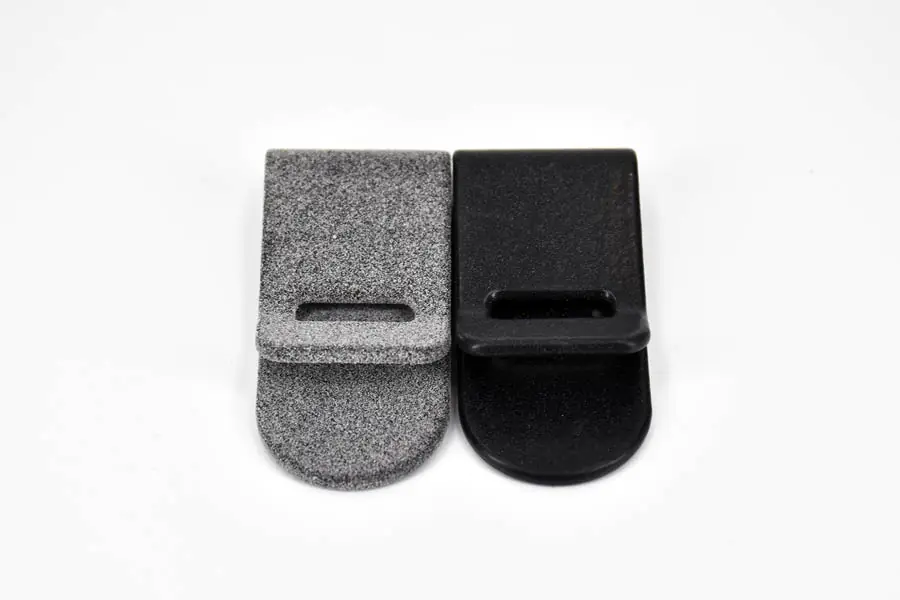Introduction
Additive Manufacturing comes with different processes that can maximize the aesthetic aspects of 3D printed parts. With a painting post-process for instance, 3D printing projects can be complemented with several colors for visually appealing parts. But can finishing options improve both the look and feel of 3D printed objects?
With Chemical smoothing, it is possible. As its name suggests well, it provides 3D printed parts with professional, smooth finished surfaces and can also be done with a dyeing process.
How does Chemical Smoothing work? How can it build on the strengths of your 3D printing project? Let’s get into all the information you need to know about it.
What is Chemical Smoothing?
This process is the result of years of development and has been patented as a finishing option for laser-sintered thermoplastics.
How does it work?
This process relies on specialized technology in which parts are introduced. A steam-solvent is diffused throughout the chamber and the smoothing process then begins. As the solvent condenses on parts, a physicochemical reaction reflowing parts takes place. This allows to even out irregularities and the characteristic ridges of 3D printing.
Once over, this stage gives way to a curing phase which solidifies and turns surfaces shiny. After the drying process, the solvent is evaporated, and the parts are ready.
Why choose this finishing option?
As mentioned earlier, the first and key reason why one would resort to chemical smoothing is the fine surface finish it can give to parts. Indeed, 3D printed objects undergoing this process get a sleek, glossy surface and the feel of injection molding. To illustrate how fine chemically smoothed parts can be, the RA of the surface finish that this technology can achieve could be as low as one micron, depending on the specificities of the parts. This, in turn, allows for better looking and more professional parts.
On top of these aesthetic benefits, chemical smoothing has another advantage of sealing and removing porosity from parts, hence to turn them more resistant to liquids and easier to clean. This suggests that apart from making parts more professional, chemical smoothing also helps improve their functionality for certain applications.
Which materials work with this process?
This process has been designed for thermoplastics and can be used along with multiple materials. Now that you know what the benefits of chemical smoothing are let’s talk about how it applies to different plastic materials.
SLS Nylon PA12
This plastic material is used for applications across a wide variety of industries. When it comes to chemical smoothing, this technology is often combined with parts printed in Nylon PA12 such as electronic enclosures, figurines, or objects designed with organic shapes. Indeed, items designed with straight lines are usually homogenous, while parts with curves and round edges tend to display ridges that may need some refinement, hence the usefulness of this finishing option. Going further with its applications, Nylon PA12 is also prized for its bio-compatibility and is a nice fit for medical equipment production. Note that chemical smoothing doesn’t have any bearing on this property, as the technology has been certified for medical uses and as parts processed with it don’t show any cytotoxic effect.
Objects printed with Nylon PA12 come out white and with a granular aspect. Chemical smoothing can be employed to refine the surface and turn it glossy, or, with dying to apply color and smooth the surface.

Ultrasint® TPU01
This elastomer is a high-performance material and can be utilized for high flexibility applications in industries such as sports equipment or Automotive.
Ultrasint® TPU01 has been developed for HP’s Jet Fusion technology and is utilized for mechanical part production projects. It can be complemented with chemical smoothing without risk of degrading mechanical properties. Parts processed with this technology are sealed and perform better with fluids, and still benefit from the flexibility and sturdiness of TPU.
Ultrasint® TPU01 comes out grey, and once processed with chemical smoothing, it becomes black with a glossy look. The difference in results before and after the process is drastic, as chemical smoothing significantly improves the surface finish of Ultrasint® TPU01 and completely removes its original granular look.


Technical information for Chemical Smoothing
If based on the benefits we have covered, you have identified how you can take advantage of chemical smoothing, here are the requirements you need to know about:
Parts intended for this finishing option must have minimum dimensions of 15 x 25 x 0.5 mm, and with maximum dimensions of 450 x 250 x 200 cm. Also, chemical smoothing can’t apply to hollowed parts due to the powder excess that can’t be removed from within.
As the process itself takes 2 business days to be completed, chemical smoothing isn’t available for express and economy production. Processed parts can be delivered from 7 days after the order.
If you have a project in mind and wish to experiment how this finishing option can showcase your parts, or if you’re looking for pricing information, you can upload your 3D file on our online 3D printing platform. If you need some specific aspects of your project to be addressed, you can also get in touch with our sales team for more support.